Your Sanity-Saving Guide to Surviving Love Bug Season
If you live anywhere along the Gulf Coast, you know the feeling. One day it’s a beautiful spring day, and the next, the air is thick with a black cloud of slow-moving, coupled-up insects. I’ve been managing properties in the Southeast for a long, long time, and my first encounter with a full-blown love bug swarm is seared into my memory. We had just finished a gorgeous new commercial building, all bright white walls and big glass windows. Within days, it looked like it was covered in a moving black blanket. It taught me a lesson I’ll never forget: you don’t fight love bugs; you manage them.
In this article
Honestly, they’re more of a massive, temporary nuisance than a true pest. They don’t bite, they don’t sting, and they aren’t a sign that your home is dirty. Their only crime is their sheer numbers and the cosmetic damage they can cause. So, let’s skip the panic and get straight to a calm, systematic approach that actually works.
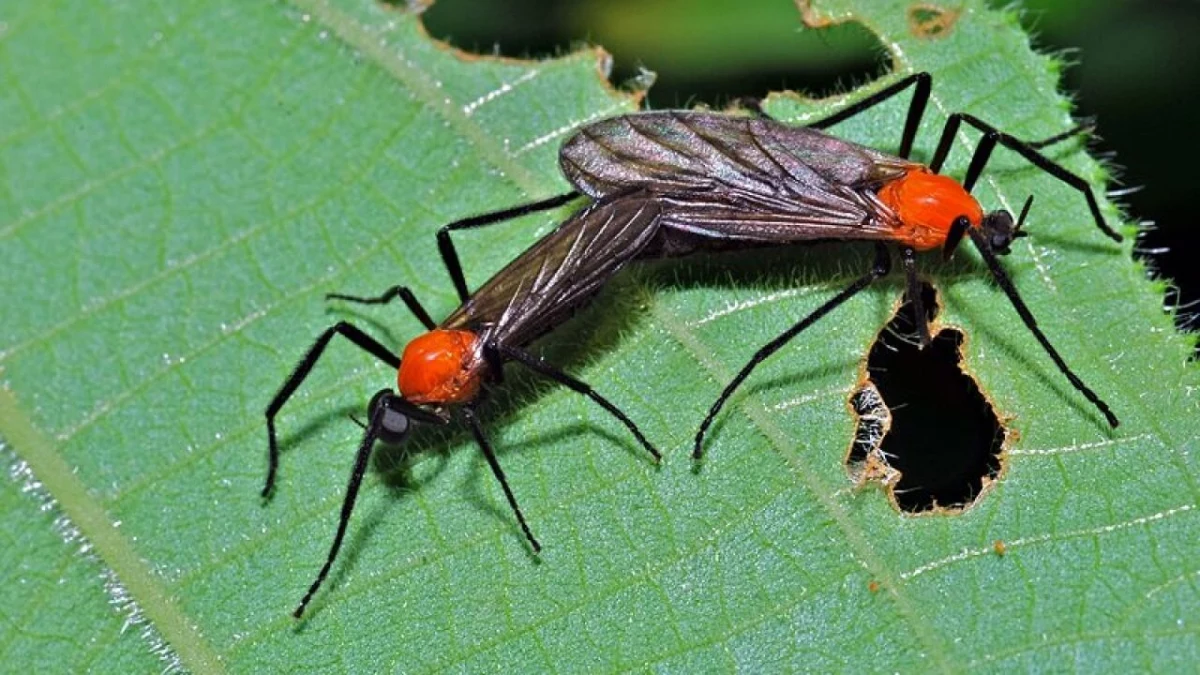
So, What’s the Deal with These Bugs Anyway?
First off, a little myth-busting. You’ve probably heard the rumor that a local university’s science experiment went wrong and unleashed these things on us. It’s a great story, but it’s just not true. Love bugs are a species of fly that have been a natural part of the ecosystem for a long time. The part of their life we see—the flying adults—is incredibly short, lasting only a few days. The real action happens underground.
After mating, the female lays her eggs (hundreds of them!) in damp, decaying organic matter. And where’s the best place to find that in our neighborhoods? The thatch layer of our lawns. That’s the spongy, matted layer of dead grass between the green blades and the soil. The larvae live there for months, just munching away. This is key because the severity of the swarm you see in May is directly tied to how wet and mild the previous winter was. Some years are just worse than others.
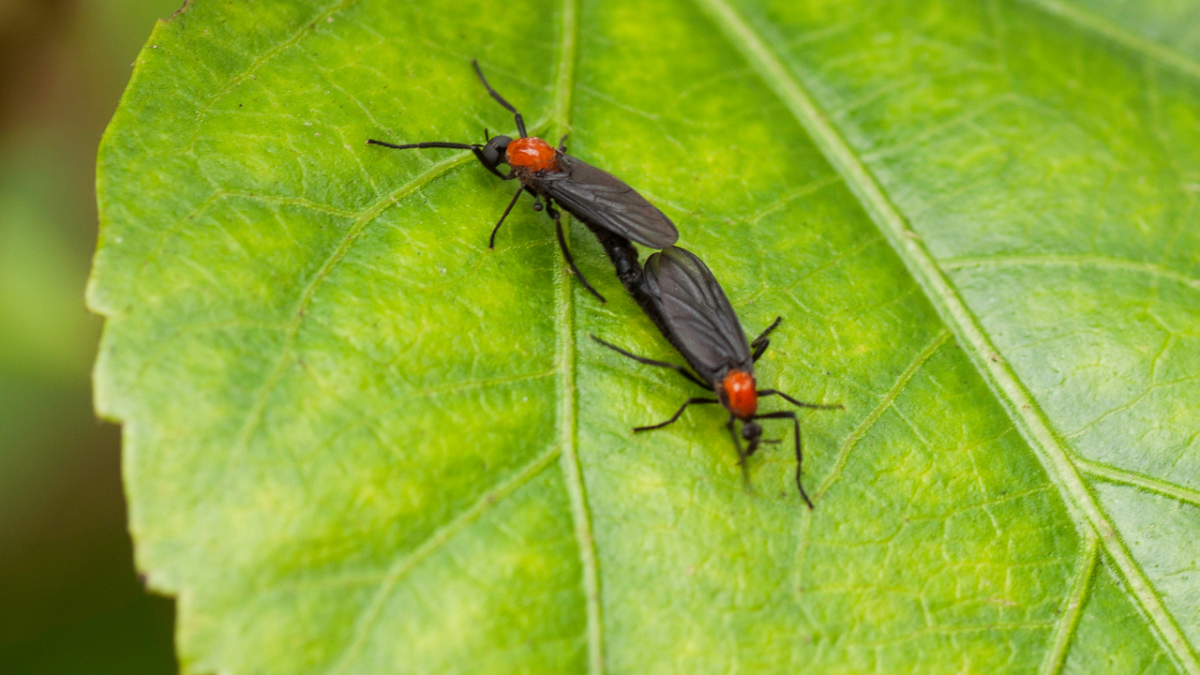
Adult love bugs are basically on a single-minded mission to find a mate. They’re drawn to two main things:
- Heat: Think asphalt roads, car engines, and the sun-baked walls of your house.
- Exhaust Fumes: The chemicals in car exhaust are, for some reason, a huge attractant for them.
Oh, and they also mistake light-colored surfaces (especially white, yellow, and other pastels) for a field of flowers. So your nice, freshly painted white house? It’s basically a giant welcome sign.
The Real Damage: It’s All About Chemistry
The biggest complaint I hear is about the damage they do to car paint and home siding. This isn’t just a simple stain; it’s a chemical reaction. Their body fluids are slightly acidic. When a bug splatters on a hot surface and bakes in the sun, that acid starts to eat away at the clear coat or paint finish. The process can start etching your paint in as little as 24 hours. This is why getting them off quickly isn’t just for looks—it’s about protecting your investment.
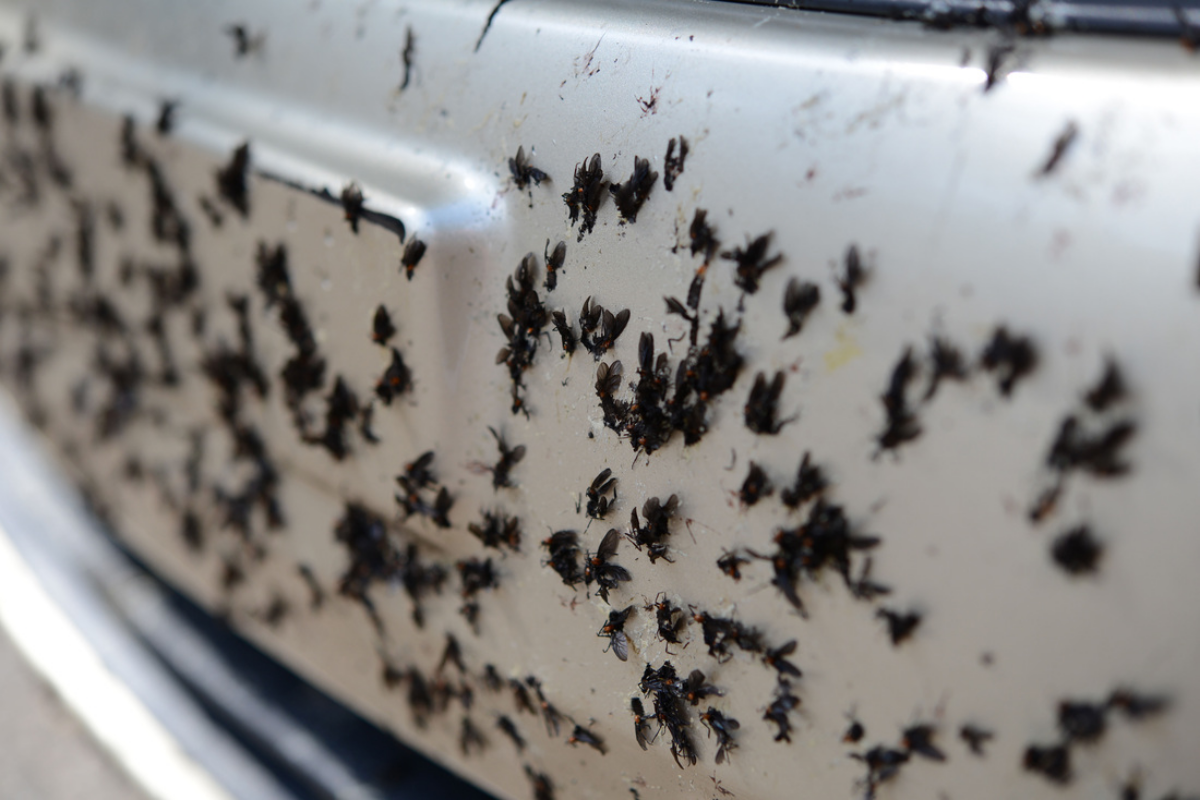
Your Game Plan: Start with Prevention
The absolute best way to deal with love bug season is to prepare before it hits. This is where you can make the biggest difference with the least amount of daily effort.
Manage Your Lawn, Manage the Bugs
Since the larvae live in your lawn’s thatch, this is your number one target for long-term control. A healthy lawn should have less than a half-inch of thatch. Any more, and you’re basically running a love bug nursery. To check, just cut out a small wedge of turf. If that brown, spongy layer is too thick, you need to dethatch.
You can rent a power dethatcher (or “vertical cutter”) from places like Home Depot for about $50-$90 for a half-day. For an average suburban yard, plan for a solid 2-4 hour workout. The best time to do this is in late spring, maybe late April or early May, once the grass is growing strong but before the summer heat gets too intense. It’s a bit of work, but doing it once a year dramatically reduces the larva population and, by the way, makes your lawn much healthier.

Seal Up Your Home
Getting love bugs out of your house is a pain, so let’s just keep them out in the first place. Before the season starts (think early April and late August), do a walk-around. Look for gaps around windows, doors, and any pipes entering the house. A tube of high-quality silicone caulk, which costs maybe $5-$10, is your best friend here. Check your door sweeps and weather stripping, too. If you see daylight, it’s time for a replacement.
A Simple Trick with Lighting
Here’s a lesser-known trick that works wonders. Love bugs are suckers for bright, white light but are far less attracted to yellow or orange hues. Swap the bulbs in your porch lights, garage lights, and any other outdoor fixtures with yellow “bug lights.” A 2-pack of these usually runs about $8-$15. I saw a waterfront restaurant reduce the swarm on their patio by at least 70% just by making this one change. It’s a cheap, passive way to make your home a less appealing hangout spot.

When the Swarm Hits: Your Action Plan
Even with great prep, you’re going to have bugs. Here’s how to handle the daily onslaught without losing your mind.
What You Can Do in Just 5 Minutes
Feeling overwhelmed? Start here. These small wins give you an immediate sense of control.
- Swap that bulb: Take one white porch light bulb and replace it with a yellow one. Done.
- Car kit: Put a bottle of quick detailer spray ($10-$15) and a clean microfiber cloth in your car for emergency bug wipe-downs at the office or store.
- Fan out: If you’re trying to sit on the porch, place a simple box fan on the floor and aim it outwards. Love bugs are terrible fliers, and they can’t get through the breeze. Instant bug-free zone.
Washing Walls and Removing Bugs
When the walls are covered, it’s time for a rinse. But please, learn from my mistake! The first time I dealt with this, I grabbed a pressure washer and went to town. I ended up with tiny, etched spots all over the siding. A costly error. Use a regular garden hose with a gentle fan-spray nozzle. Wash from the top down to let gravity help you. The goal is to gently dislodge them, not blast them into the paint.

If some get inside, don’t squash them on the walls. That’s how you get stains. The best tool is a vacuum with a hose attachment. Pro tip: if you’re using a shop vac, pour an inch of soapy water in the bottom first. The bugs get sucked in, land in the water, and can’t crawl back out.
About Those Homemade Sprays…
You’ll see a lot of recipes online for a simple soap spray (a teaspoon of dish soap in a gallon of water). And yes, it works… kind of. It’s a contact killer, meaning it only works on the bugs you spray directly. It has zero residual effect; ten minutes later, new bugs can land on that same spot without a care. Think of it as a tool for cleaning a screen door or patio furniture right before you use it, not as a whole-house protection plan.
To be frank, it’s a lot of work for a very temporary result. It’s cheap, but it’s not a magic bullet.
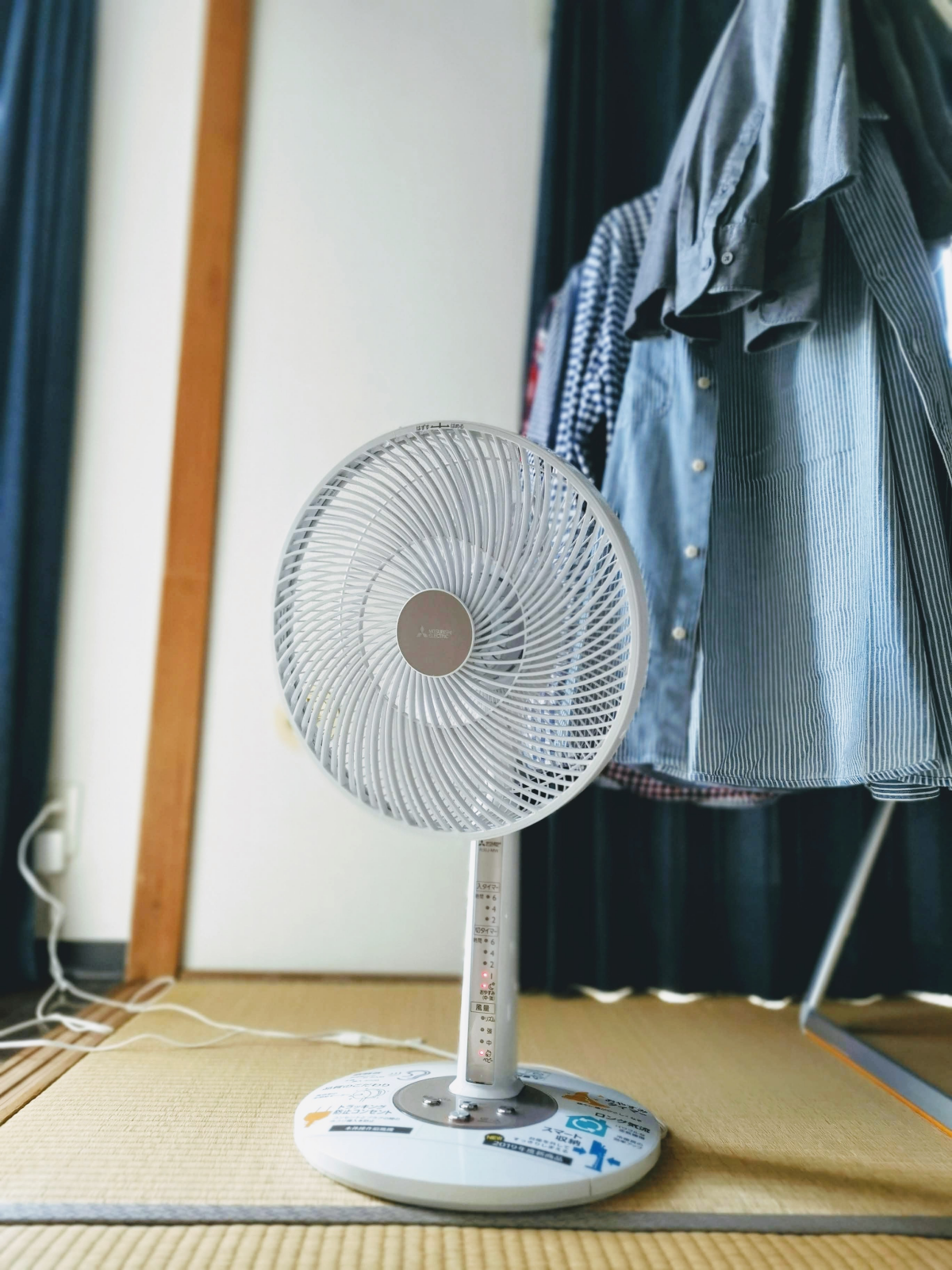
The Car Problem: Protecting Your Paint Job
Your vehicle is public enemy number one for love bugs. The combination of heat, exhaust, and motion makes it an irresistible target. This requires a dedicated approach.
Heads up! You have about 24 hours. That’s the golden rule. In the hot sun, the acid from dead love bugs can start to permanently etch your paint in about a day. Don’t let them sit.
The Right Way to Wash Them Off
- Pre-soak, pre-soak, pre-soak. Seriously. Drench the bug-covered areas with plain water and let it sit for a few minutes to soften their dried-on bodies.
- Use the right product. A dedicated bug and tar remover spray (about $8-$12 a bottle) is worth its weight in gold. It dissolves them so you don’t have to scrub.
- Wash gently. Use a good car wash soap and a soft microfiber mitt, like one from Meguiar’s or Mothers. Never scrub hard; you’re just grinding grit into your paint.
- Get a good coat of wax on BEFORE the season. This is the ultimate pro move. A good layer of carnauba wax (like from Turtle Wax) or a modern paint sealant creates a barrier. The bugs hit the slick wax, not your paint, and they wash off infinitely easier. I get my cars waxed in early April and late August. It’s a game-changer.
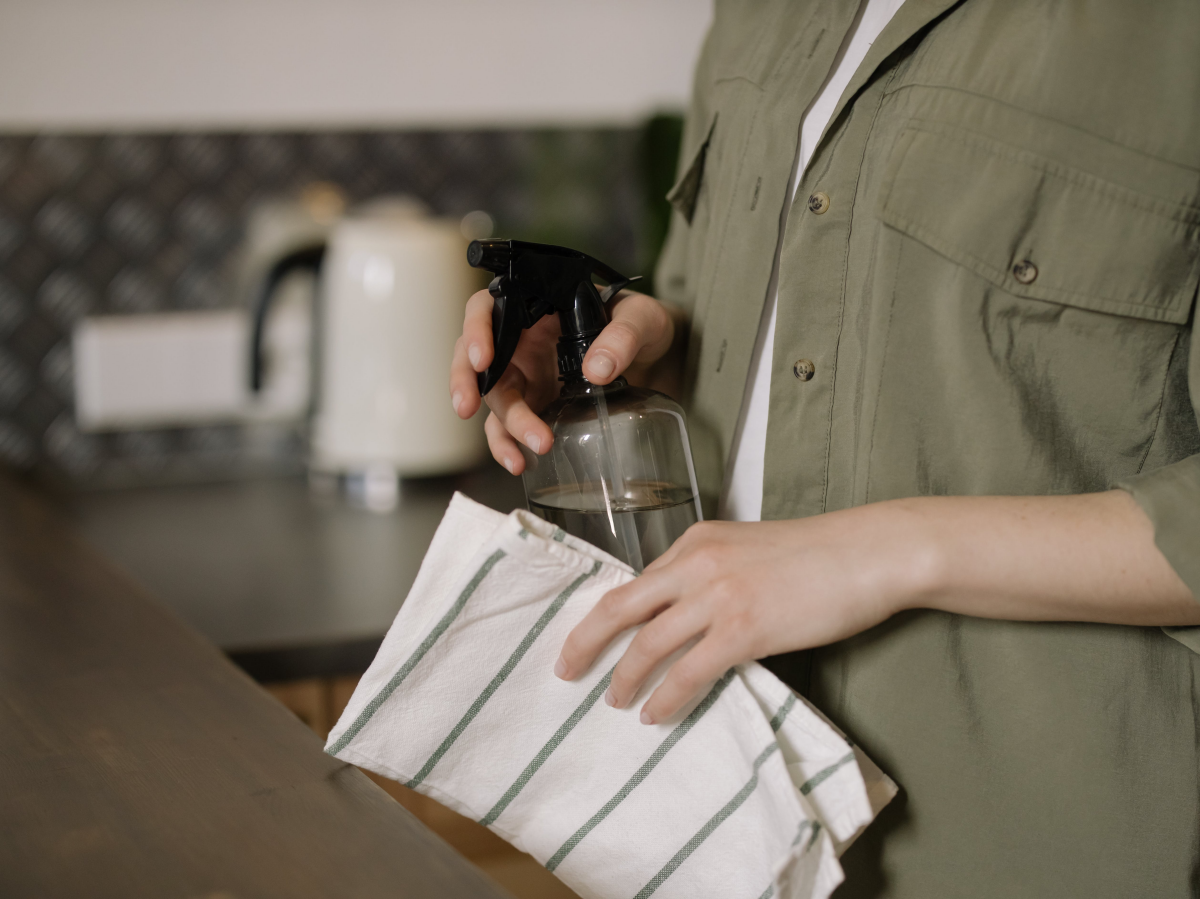
A Realistic Look at Chemical Sprays
So, should you call an exterminator? Widespread spraying for adult love bugs is mostly a waste of money and not great for the environment. You’ll only kill the bugs that are there right now, and a new batch will fly in an hour later.
\p>Where a professional can help is with a targeted residual treatment. A licensed pro can apply a specific insecticide to small, key areas like porch ceilings, under eaves, and around door frames. This doesn’t kill the whole swarm, but it makes those surfaces repellent to the bugs, encouraging them to rest somewhere else (like your neighbor’s house). Expect to pay somewhere in the range of $125-$250 for a targeted application like this. Honestly, given the safety risks of DIY pesticide application, this is one job I always recommend leaving to a certified and insured professional.
Your Love Bug Season Shopping List
Here’s a quick rundown of what you might need to gear up for the season:
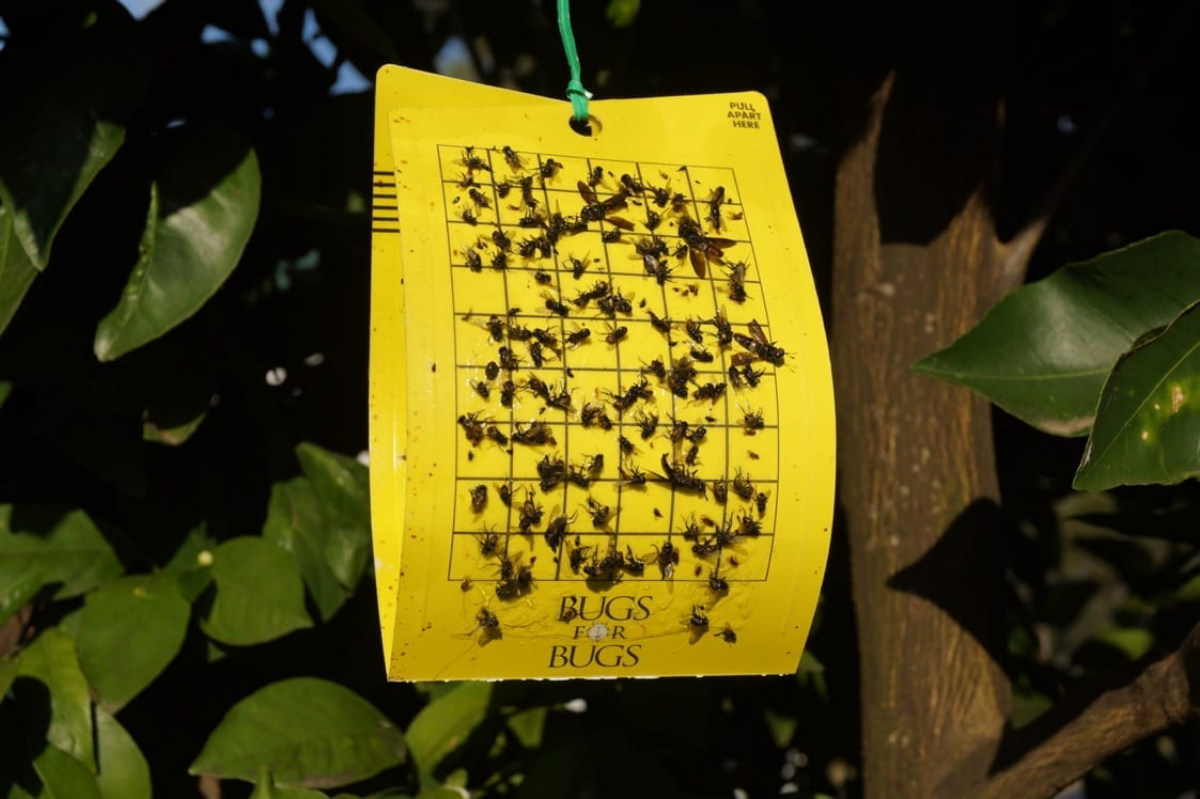
- Silicone Caulk: $5 – $10
- Yellow “Bug Light” Bulbs (2-pack): $8 – $15
- Dethatcher Rental (Half-Day): $50 – $90
- Bug & Tar Remover for Cars: $8 – $12
- Good Quality Car Wax/Sealant: $15 – $30
- Microfiber Cloths/Mitts: $10 – $20
At the end of the day, love bug season is just a part of life here. It’s temporary, it’s predictable, and it’s manageable. Focus on what you can control: a healthy lawn, a sealed house, yellow lights, and a clean car. If you take these steps, you’ll get through the swarm with your sanity—and your paint job—fully intact.
Galerie d’inspiration
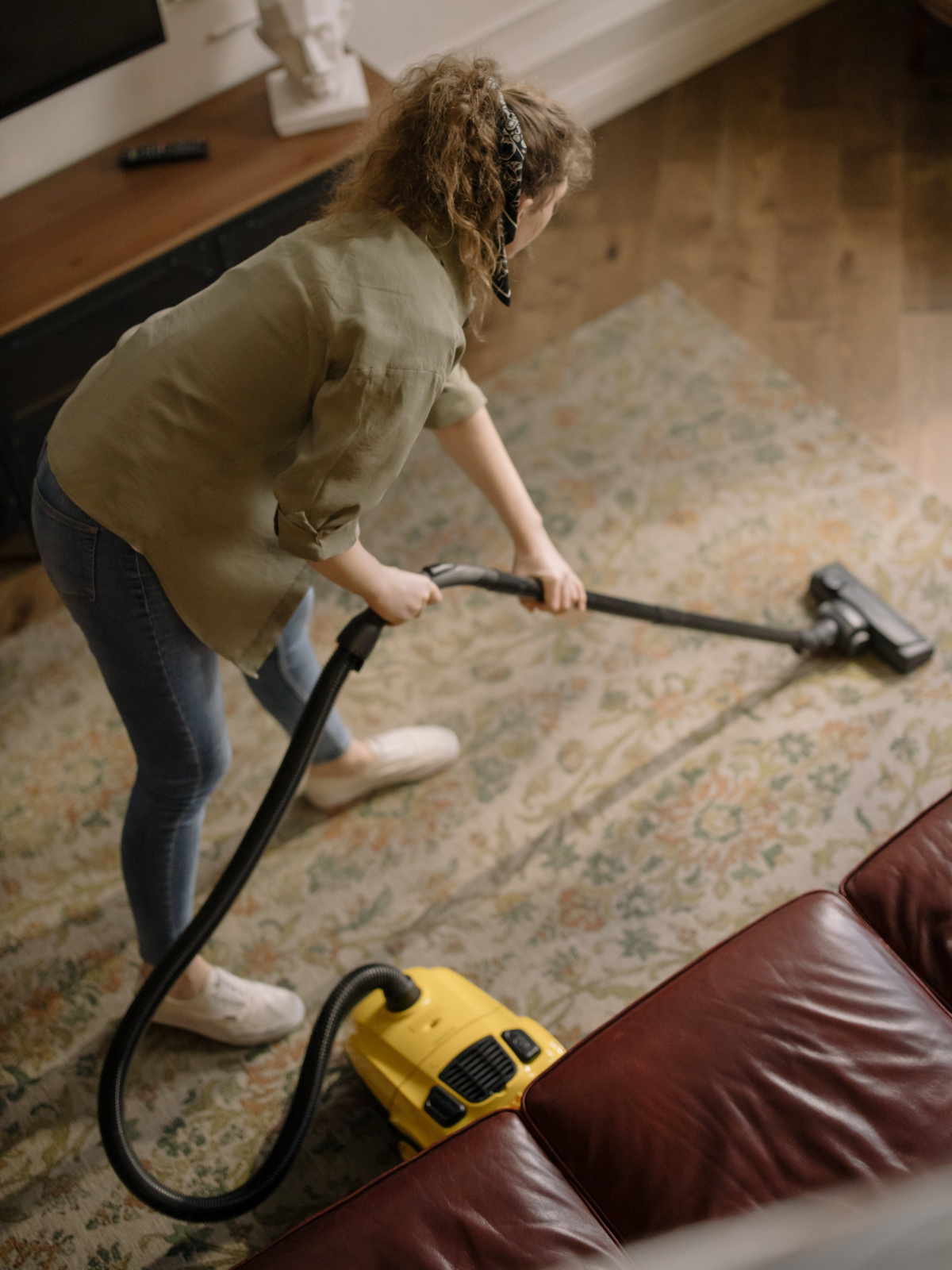

The 24-Hour Rule for Your Car: Don’t procrastinate. The body chemistry of a love bug is acidic. When left to bake in the sun on your car’s hood, their remains can permanently etch the clear coat and damage the paint in as little as one day. Act fast.

Did you know? Love bugs are scientifically known as Plecia nearctica. They are particularly attracted to irradiated exhaust fumes, which contain sulfur compounds similar to those found in the decaying organic matter where they lay their eggs.
This explains why they swarm highways and the tailpipes of idling cars. It’s not just the heat; it’s a chemical signal that, to them, smells like the perfect nursery.
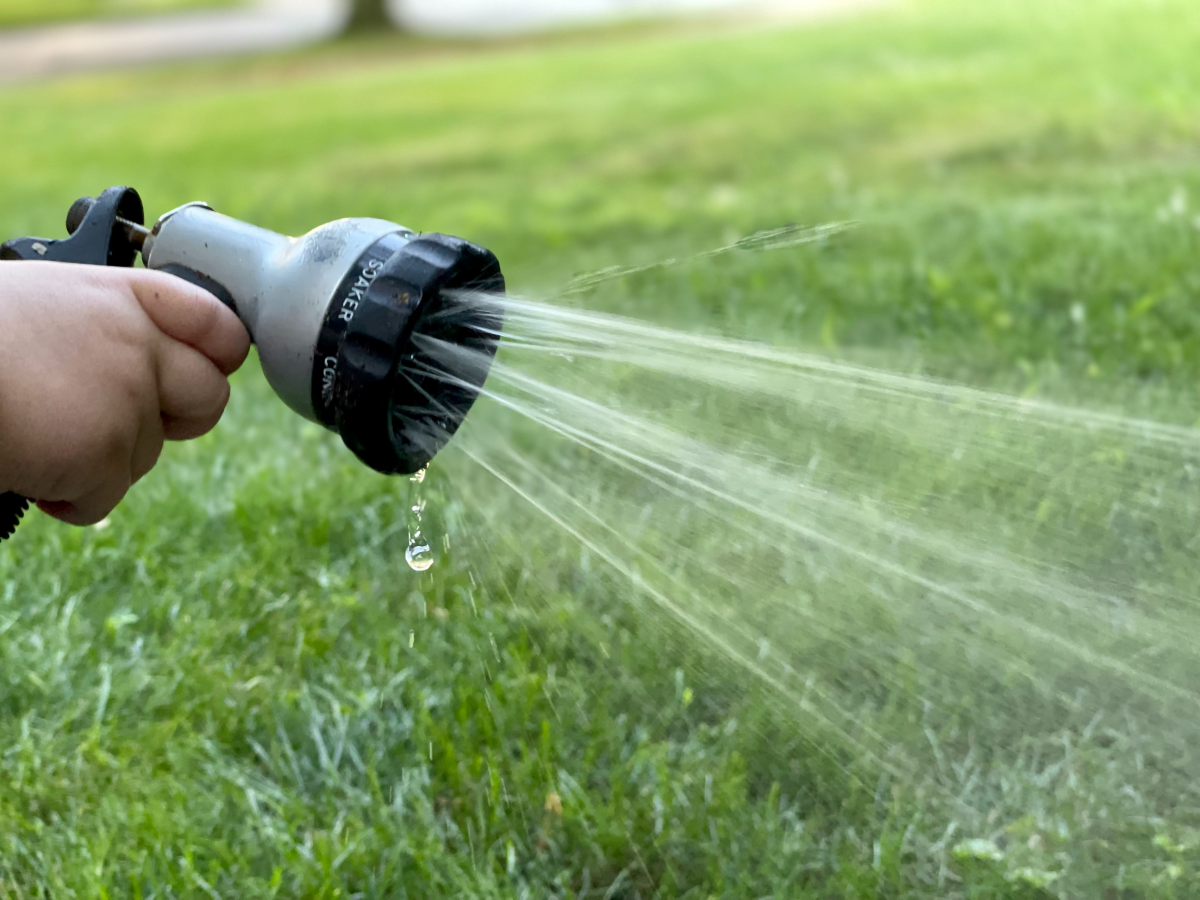
Create a less-inviting porch environment by appealing to their senses. They are weak fliers and dislike strong air currents.
- Position a strong oscillating fan near your seating area to literally blow them away.
- They are repelled by the scent of citrus and mint. A simple spray bottle with water and a few drops of lemon or peppermint essential oil can be spritzed on screens and door frames.
- Plant marigolds or chrysanthemums in pots near entryways; they are known natural deterrents.

Is it worth using a broad insecticide spray on my lawn or house?
In a word, no. The swarms are so vast and transient that you’d be fighting a losing battle. The adult bugs you see only live for a few days, with new ones constantly emerging. Widespread pesticide use is ineffective against the sheer numbers, can be costly, and poses a risk to beneficial insects like bees and butterflies. Focus on targeted removal and repellents instead.

Pressure Washer: A quick and effective way to clear large swaths of bugs from siding, but be cautious. Use a wide fan tip (40 degrees) and keep a safe distance to avoid driving water behind siding or stripping paint.
Bucket & Soapy Water: A gentler, safer method for delicate surfaces like wood trim or windows. Use a soft-bristle brush and a solution of car wash soap or a mild dish detergent. It takes more effort but eliminates the risk of damage.

- It removes caked-on bug residue without scratching your paint.
- It makes cleaning intricate car grills effortless.
The secret? A wet dryer sheet. Seriously. Take a used or new sheet, like one from Bounce, get it damp, and gently rub it over the affected areas. The fabric softeners and anti-static agents help dissolve the bug remains, allowing you to wipe them away with ease.

Before the season even starts, give your car a good coat of wax. A quality carnauba or polymer sealant, like Meguiar’s Ultimate Liquid Wax, creates an invisible, slick barrier. This preventative step doesn’t repel the bugs, but it makes their removal incredibly easy—they’ll often slide right off with a simple rinse, saving your paint and your sanity.

Love bugs are most active during daylight hours, typically between 10 a.m. and 4 p.m., and rarely fly at night.
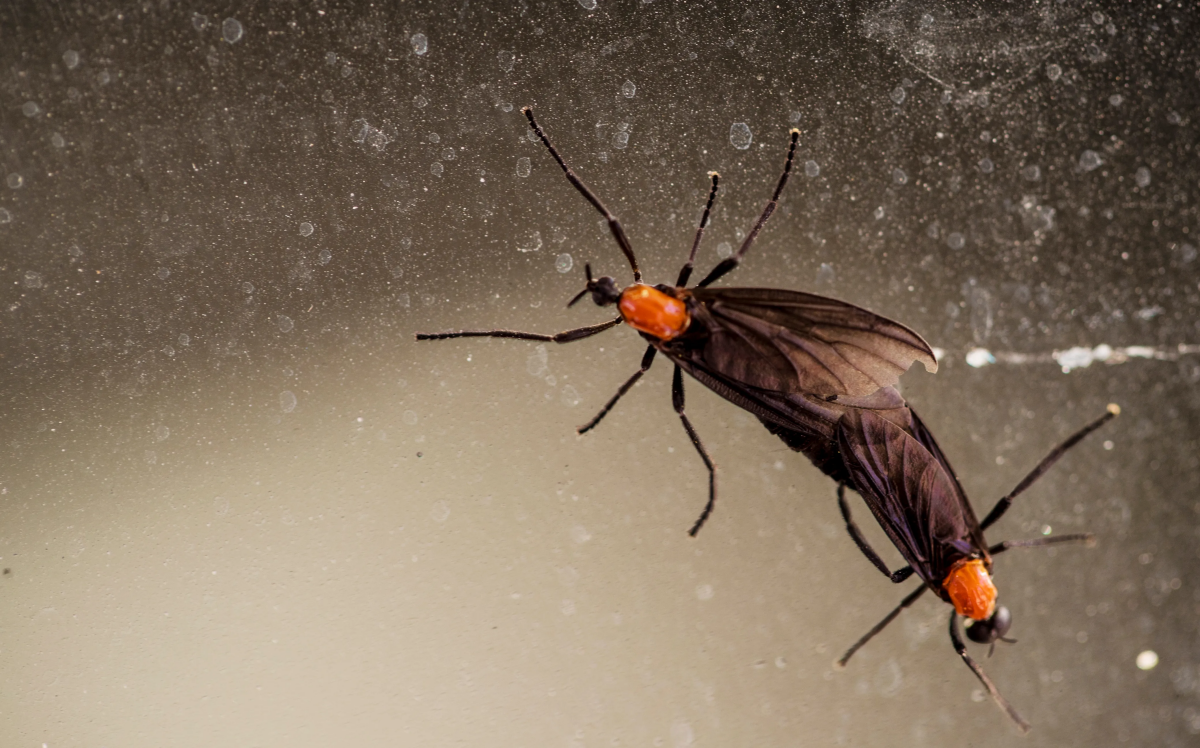
Since love bugs are drawn to heat and light-colored surfaces, your choice of exterior lighting can make a big difference. Swap out the standard white or cool-toned bulbs in your porch and garage fixtures for yellow
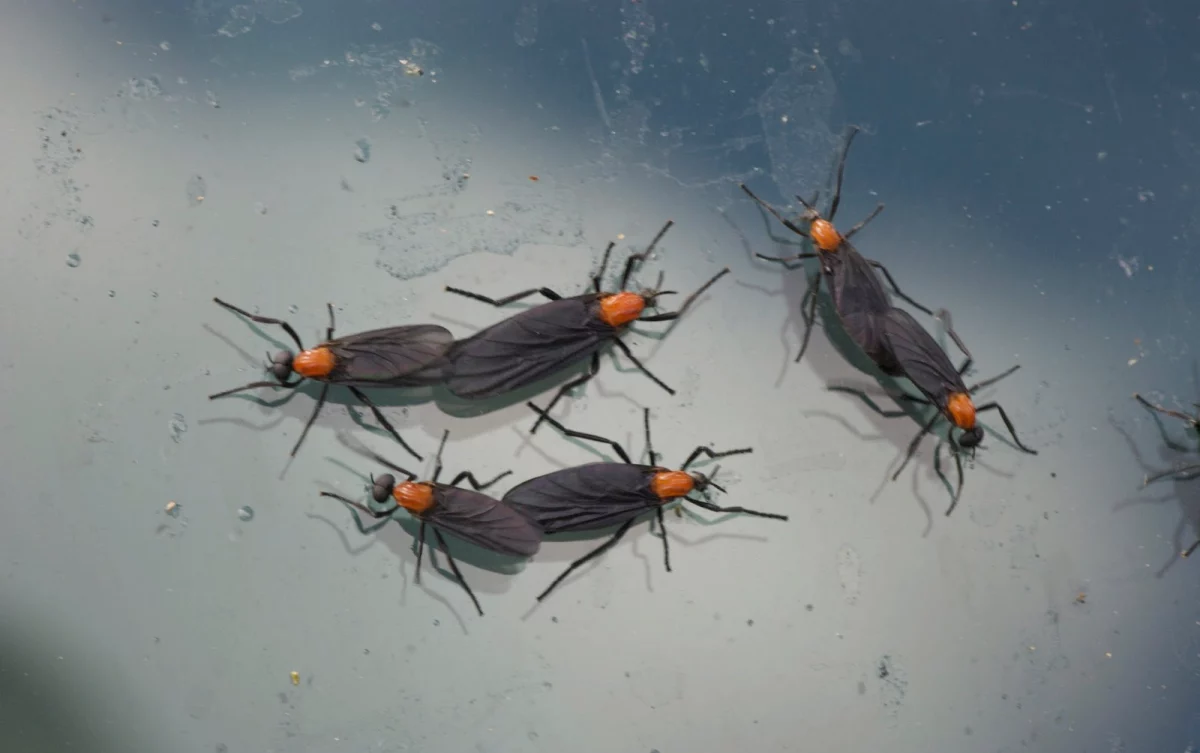
My front door and porch are covered! What can I do?
Focus on creating a physical barrier for your main entry. Installing a simple magnetic screen door can be a game-changer, allowing you to go in and out while keeping the swarms outside. For patios, consider investing in outdoor curtains or lightweight netting. These simple additions can reclaim your outdoor space during the peak of the season without chemicals.
Think long-term by tackling the source: your lawn. The article mentions larvae thrive in the thatch layer. In the off-season (late fall or early spring), consider renting a power rake or a dethatcher. This machine pulls up the thick layer of dead grass, removing the primary breeding ground for the next generation of love bugs. A healthier, dethatched lawn can mean a noticeably lighter swarm come May.










